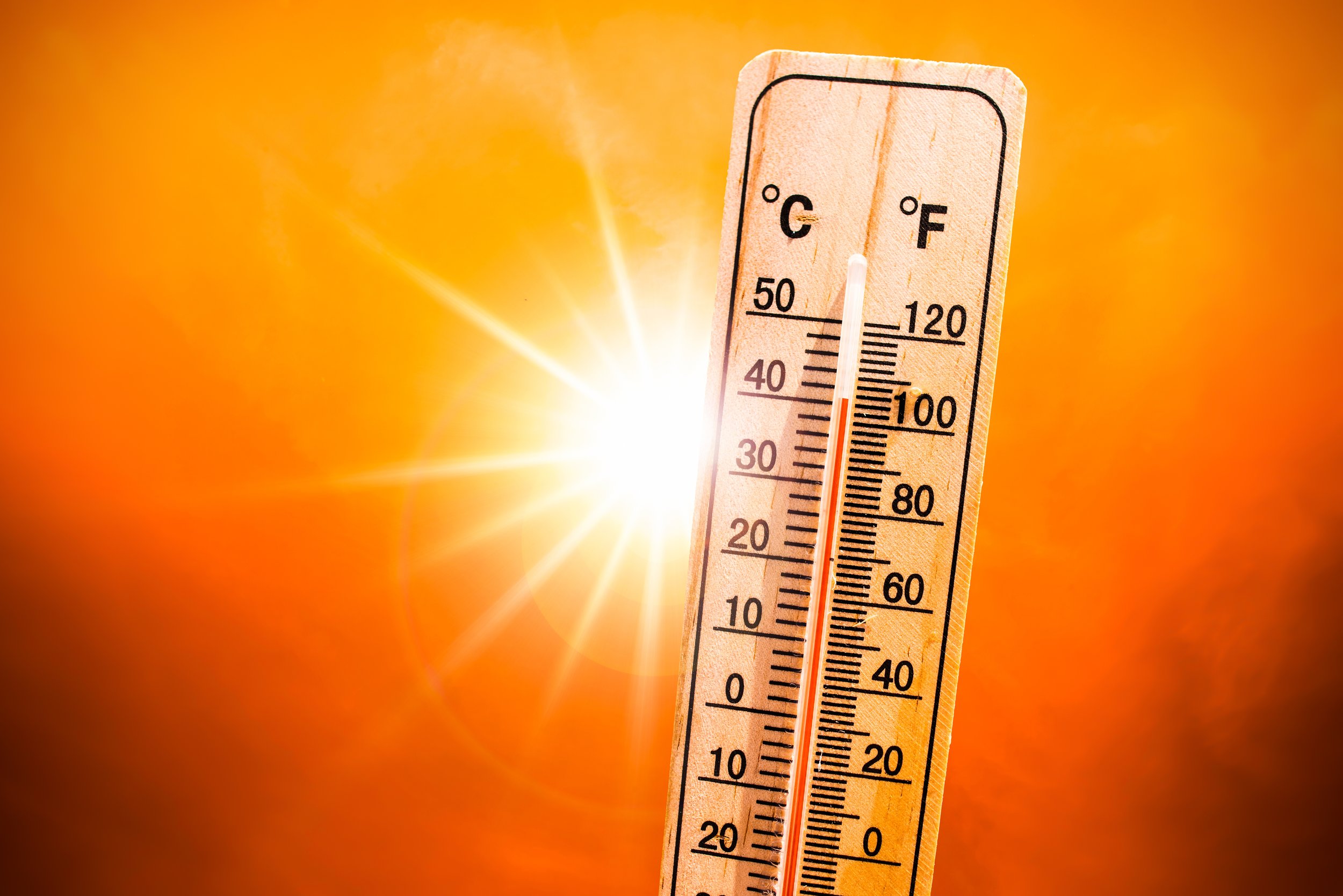Recognising and Managing Heat Stress
Heat stress is a condition that occurs when the body is unable to cool itself enough to maintain a normal temperature. Signs and symptoms of heat stress may include:
Heavy sweating
Weakness
Dizziness
Headache
Nausea
Fainting
Confusion
To recognize heat stress, it is important to pay attention to the weather forecast and be aware of extreme heat warnings. People who are at higher risk of heat stress include the elderly, young children, people with chronic illnesses, and people who work or exercise in hot environments.
Treatment for heat stress may include:
Drinking water or other non-alcoholic, non-caffeinated beverages
Moving to a cooler place
Applying cool compresses to the skin
Taking a cool shower or bath
Wearing lightweight, light-colored, loose-fitting clothing
It is also important to seek medical attention if you or someone you know is experiencing severe symptoms of heat stress, such as fainting, confusion, or a body temperature above 40°C.
It's also important to be aware of the different types of heat waves in Australia, as they can have different impacts on health. To keep safe during heat waves, it's important to stay informed about the forecast, take precautions to stay cool, and look out for the health of vulnerable individuals.

